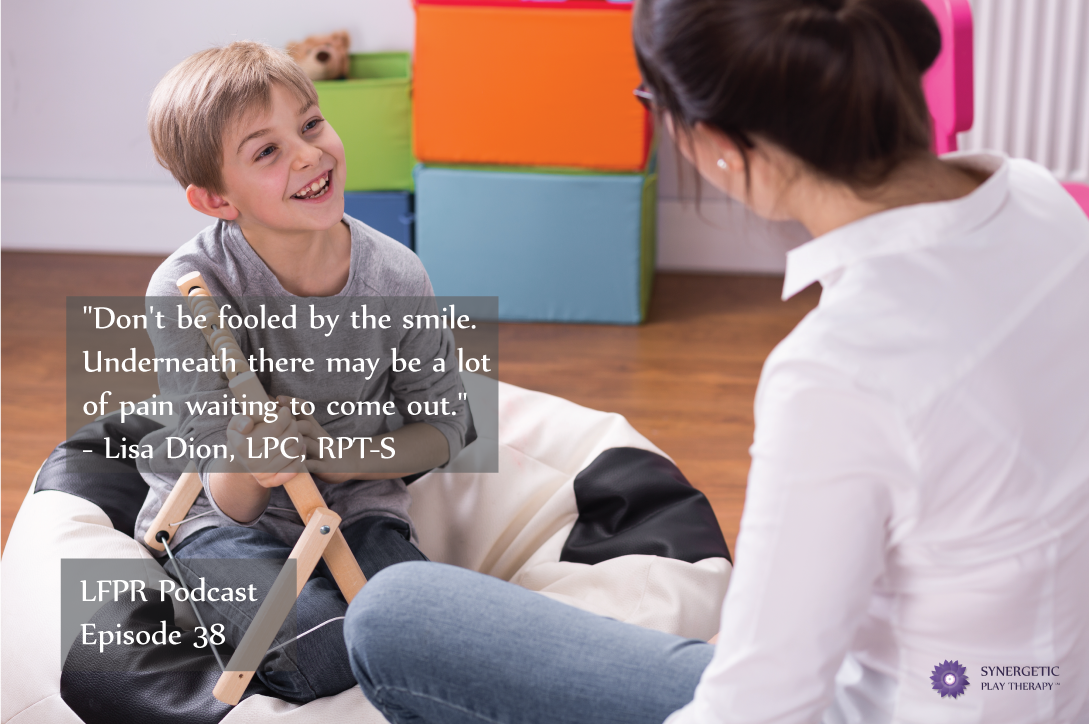People-Pleasing in the Playroom
People-pleasing in the playroom happens, and not just with children; therapists get caught in people-pleasing too! This ever-so-familiar coping strategy is often covering up challenges a child or therapist may not yet be able to face. Recognizing why this happens and what to do when it happens is the first step to creating a session filled with integration instead of placation.
:57 Lisa introduces LFPR series
1:27 People pleasing is part of the human experience
2:15 Kids often people please to get the approval of the therapist
3:00 Kids people please as a form of connection
3:30 How does directive play set the stage for people pleasing?
3:50 People pleasing in parents
4:30 How does people pleasing cause illusion? How is it a coping strategy?
5:45 Incongruence in play therapy
6:30 How does people pleasing interfere with the ability to set boundaries?
8:00 People pleasing as a way to shut down emotions
8:50 Bringing regulation into the playroom
9:51 People pleasing as a form of self-preservation
10:23 People pleasing as subordination
11:24 Why does people pleasing feel good to the therapist?
11:40 Moving away from people pleasing and the importance of authenticity
13:30 Teaching the child to address their own needs and ask for what they want
14:30 People pleasing behavior in the therapist
15:00 Episode 19: Rejection as a Gift
17:50: Episode 30: Mirror Mirror on the Wall – The Client is You After All
18:17 What happens within us when people pleasing occurs?
19:03 Moving towards or away from people pleasing





